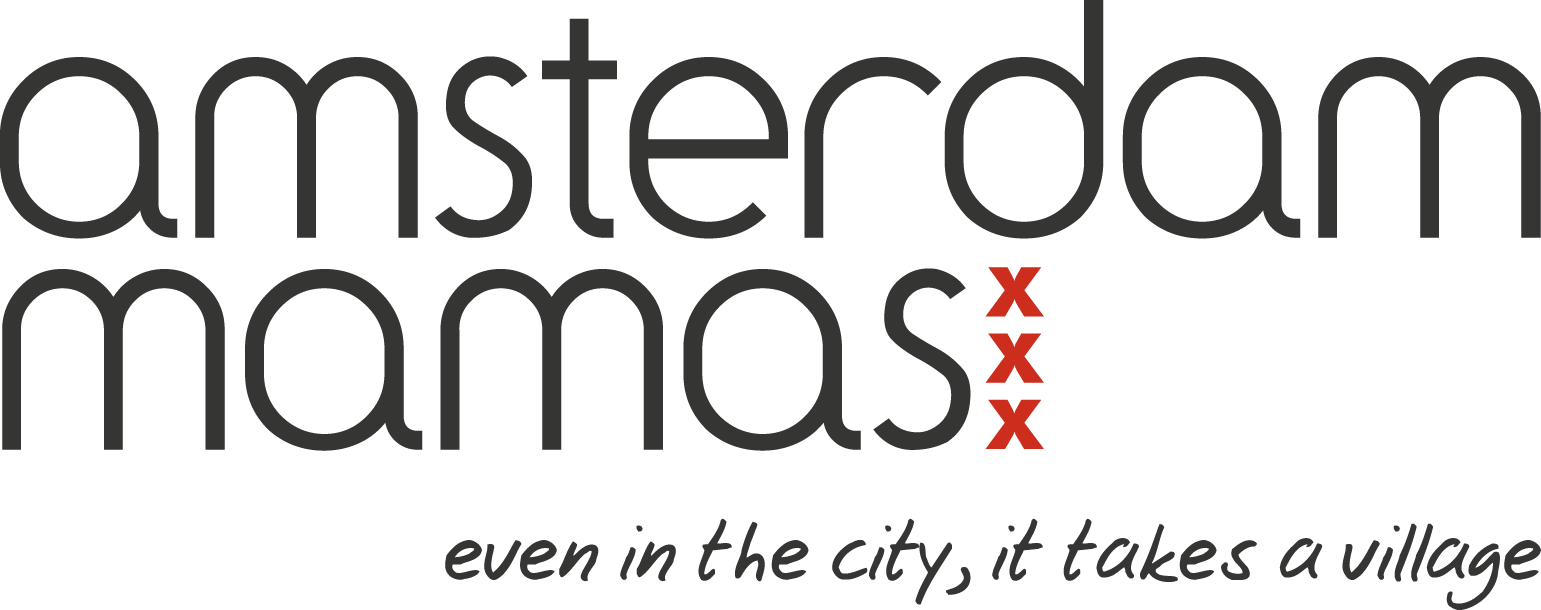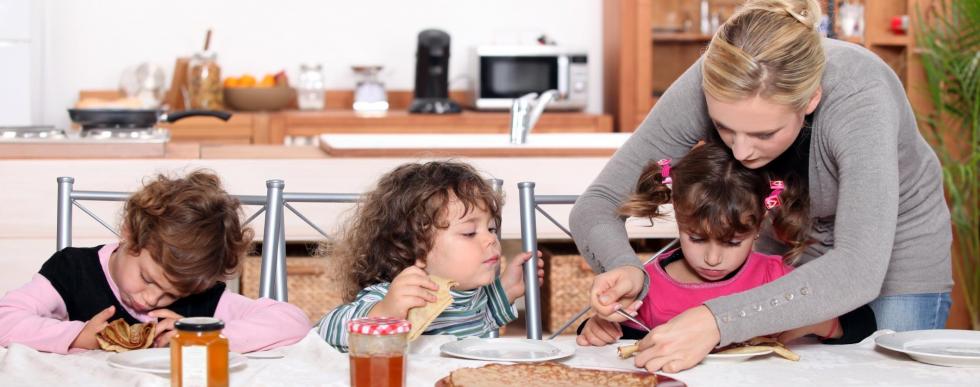Looking for childcare in the Netherlands but unsure of the options? Want to know if you can claim some of the cost back? We have the basics to get you started in your search.
Types of Childcare
Kinderopvang (childcare) is used extensively in the Netherlands and there are a variety of different options available. Demand for places can be high so it is best to register your child as soon as possible, especially in busy urban areas. You can check the national childcare register to find out more about a given facility.
Kinderdagverblijf
Kinderdagverblijven are professional day care centres catering to children between the ages of 3 months and 4 years of age. Most centres are open between 07:30/08:00 and 18:00 and provide one trained staff member for every 4-8 children depending on the age group.
Day care centres vary greatly in terms of their educational policy, how they organise the children into different age groups, and also as to what is provided in the price (food, milk, nappies etc). It is definitely worth visiting the different kinderdagverblijven available in your area in order to find one best suited to your needs and childcare philosophy. Our article, Questions to Ask Your Daycare can help you prepare.
There are often long waiting lists so it is best to register your child as soon as possible, often even before your baby is born.
Working parents are entitled to receive kinderopvang toeslag (childcare benefit) towards the cost of a kinderdagverblijf (conditions apply).
Gastouders
Gastouders are self-employed trained childminders who take care of up to six children between the ages of 0 and 13 years old, either in their own home or in the house of the parents.
Gastouders are usually found and employed via a gastouderbureau (childminder agency) who are responsible for ensuring that the childminder has all the required qualifications as well as for checking the safety and hygiene standards of the location where the children will be taken care of.
Working parents are entitled to receive kinderopvang toeslag towards the cost of a gastouder service (conditions apply).
Peuterspeelzalen
Peuterspeelzalen are pre-school/playgroups aimed at helping to prepare children aged between 2 and 4 years old for their transition into primary school.
The groups are led by professionally trained pre-school teachers who provide an educational program focused on the growth of motor, social and intellectual skills, with a particular emphasis on language development.
A child can usually attend a peuterspeelzaal for three hours per day, either two or four times a week.
As of 2016, working parents can receive the kinderopvang toeslag towards the cost of a peuterspeelzaal (conditions apply).
Naschoolse opvang (NSO)/Buitenschoolse opvang (BSO)
The NSO (after-school care) and BSO (outside-school care) are organisations providing care for primary school aged children before and after school hours as well as during school holidays. Children can play outside, get help with homework, do crafts or take part in organised activities. Food and drink is usually provided.
Working parents are entitled to receive kinderopvang toeslag towards the cost of a NSO/BSO service (conditions apply).
Oppas
These are babysitters who usually work for a few hours a day, either in the afternoon or evening. There are a variety of different babysitters available, ranging from teenagers to qualified childminders.
Babysitters can be found either through the recommendations of friends or family or via an oppascentrale (babysitting service). Costs are not eligible for kinderopvang toeslag.
Nannies
Nannies are experienced child minders who often live in the home of the family and receive a monthly salary for taking care of the children.
Regulations for hiring a nanny are complex and it is highly recommended to use a service such as that provided by Blue Umbrella to help navigate the Dutch legal and tax system when considering this option.
Au Pairs
An Au Pair is a person aged between 18 and 31 who comes from abroad as part of a cultural exchange programme. The Au Pair lives with the host family and receives food and board as well as a small monthly fee in return for childcare and light domestic duties.
There are strict regulations when bringing an au pair to The Netherlands, some of which are:
- The au pair must be aged between 18 and 31
- They can work a maximum of 8 hours per day, 30 hours per week
- They must have two days off per week
- They are paid between €300 and €340 per month
- An au pair can stay in The Netherlands for a maximum of 12 months, after which point they must return to their home country
- The au pair is not allowed to have any other job besides working for the family.
Families hiring an au pair are not entitled to kinderopvang toeslag towards the cost.
For more information, see our article How to Hire an Au Pair in the Netherlands.
Childcare Allowance (Kinderopvangtoeslag)
Childcare costs in the Netherlands are high. The kinderopvangtoeslag is aimed at assisting working parents cover part of the cost. Parents are entitled to a maximum of 230 hours of childcare benefit per child, depending on their situation.
Requirements (2016)
- You are working, studying (conditions apply) or following an integration course
- You have a contract with a kindercentrum (daycare centre) or gastouderbureau
- You pay part of the childcare costs
- You have Dutch Nationality or a valid residence permit
- You receive the children’s allowance (kinderbijslag) or are currently responsible for the child
- Your child goes to a registered kinderopvang
- Your child is registered at your address
- Your child does not yet attend secondary school
For more information about your entitlement, see our Dutch Childcare Allowance article.
This article is based on an original version written by Finsens and published on Expatica. It has been updated by Hazel West.
Hazel West
Hazel West is a writer, yoga teacher and proud mother of four who has been living in a small Dutch village in The Netherlands with her Irish partner since 2004. Her work has been published on The Tribe Magazine and Mamalode as well as on her blog www.sixbelowsealevel.com.






